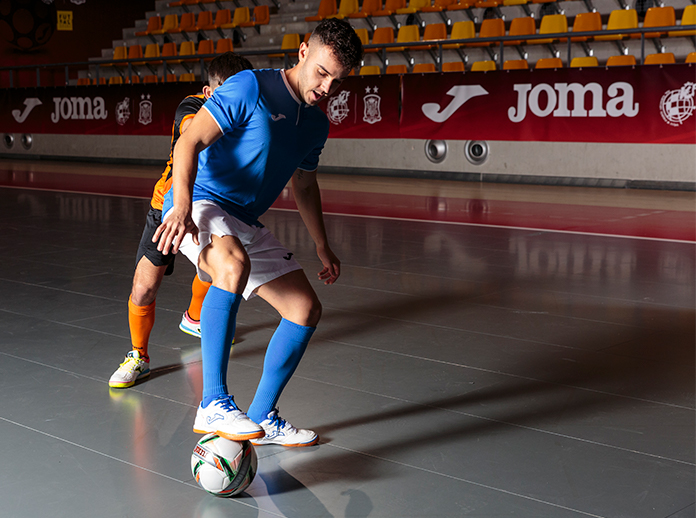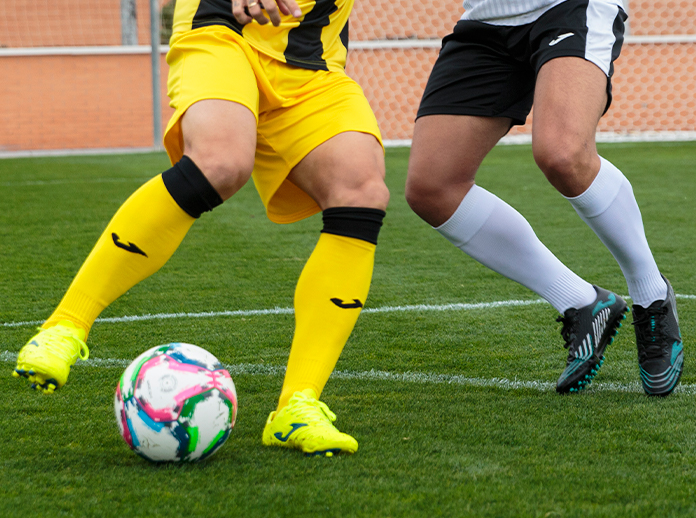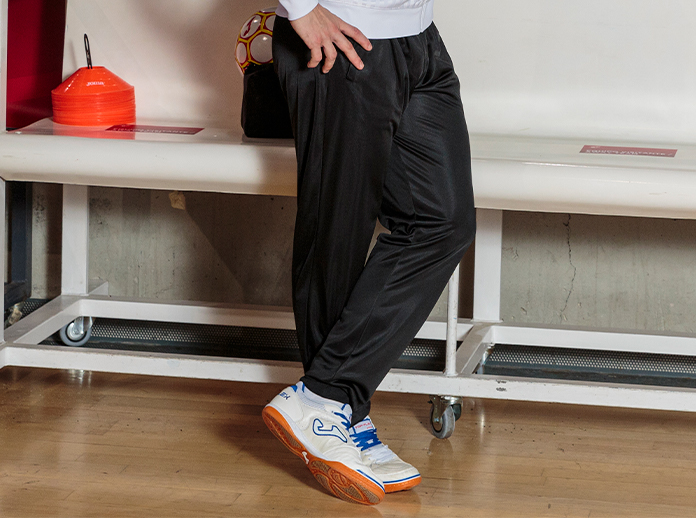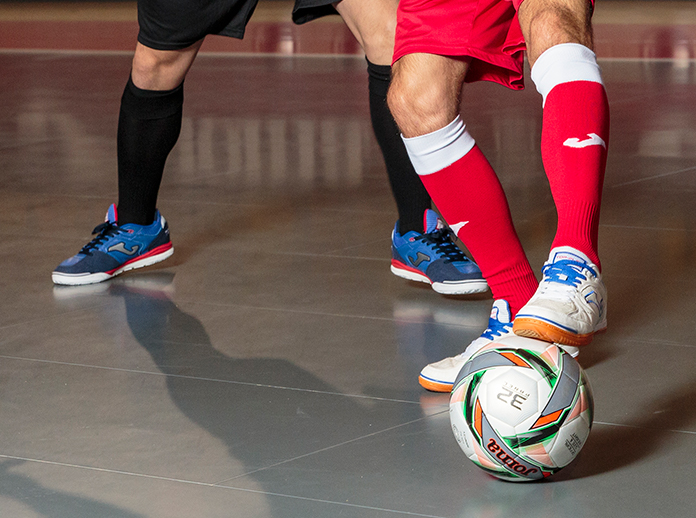Here at Joma, we give you some tips about what the most suitable football boots for you should be like.
It’s nearly time to go back to football training, to matches with the team, to kickabouts with friends…A real challenge that involves being both physically fit and having the right equipment. Within the latter, football boots play an essential role since reaching maximum performance and preventing injuries partly depends on them.
Choosing a pair of good football boots to meet our needs is simpler than it might seem. You just need to be clear about a series of features that will determine whether a boot is suitable for you or not. Any of these can be the difference between a serious injury and an unforgettable experience.
To get over this indecision, at Joma we give you tips to choose the best football boots. If you follow each tip carefully, you will be able to avoid any errors in your decision.
1. Type of surface
In football, boots are distinguished by their sole, which depends on the type of surface you are going to play on. Choose one for the type of pitch you play on.
- AG football boots. Football boots for artificial grass have more studs to distribute the weight better and they are more cone-shaped.
- Turf or multi-stud football boots. These football boots are suitable for first generation turf and carpet. Their main characteristic is that they incorporate multiple small rubber studs to reduce the foot pressure.
- Boots for natural grass. On the one hand, we have the boots with SG (soft ground) sole, which achieve greater traction and grip. On the other, we have the boots with FG (firm ground) sole, with more studs than the SG.
- Indoor football boots. Smooth sole to play on indoor pitches. Choose ones with a rubber sole, like the ones from Joma, so they last longer.

2. Bear in mind the fit and the comfort
Technology in football has advanced by leaps and bounds. From Joma’s most sophisticated football boots to the more classic ones that have minimum technology.
To optimise the fit, choose Perfect Fit laced ones, like the Máxima 21 model. In the case of children, self-adhesive boots are better. Continuing with the fit, sock football boots fit to the foot like a second skin and support it. Joma has the Propulsion Cup 20 model with this technology.

Finally, make sure that the boots are reinforced and have buttresses. They don’t just protect the foot, they also add stability, firmness and propulsion when kicking the ball.
3. Decide which material you want your football boots to be made of.
Leather football boots guarantee flexibility and breathability. In addition, they easily absorb water and prevent feet from getting wet. For example, at Joma you will find the Top Flex 22 and Mundial 22 models, made with this material.

However, synthetic material is easier to maintain and lasts longer. For this type of boots to be more breathable, Joma uses VTS technology, which enables the air to flow in and out of them. Examples of Joma’s football boots made using synthetic material are the Propulsion Cup 20 or the Maxima 21.
Find out more tips for your back to sport on padel, gym and running.

